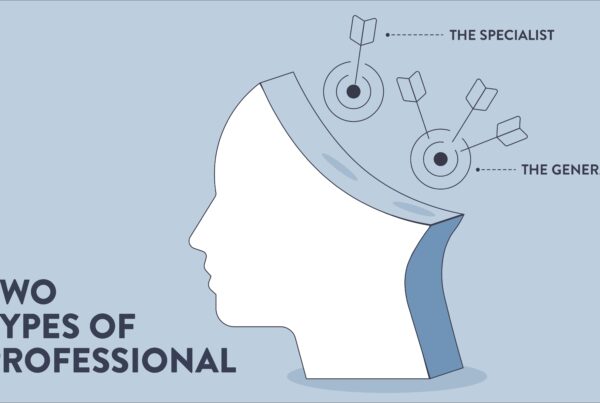MANY PEOPLE throw in the towel after failure, not realizing that failure is actually an inevitable part of innovation. Thomas Edison is reported to have failed more than 1,000 times before finally inventing a practical electric light bulb. He said, “Many of life’s failures are people who did not realize how close they were to success when they gave up.” People who are afraid to fail often avoid taking the risks that lead to innovation. They never realize their true potential, because the only way we can improve is through failure. Personally, I can point to a handful of terrible sales calls that led to the fundamental, creative shifts in my sales strategy. Without these shifts, I would never have been as successful as I am today. Progress cannot coexist with a fear of failure, but you should always aim to fail intelligently. For example, you might test your new ideas on a smaller scale, when possible, to limit your financial risk. Next, recognize failure quickly, assess the cause, adapt and try again. Sales professionals who can let failure lead the way to success are stronger, more confident, and more successful. How can you change your mindset about failure? Look at failure as a great teacher. Bill Gates said, “Success is a lousy teacher. It seduces smart people into thinking they can’t lose.” Successful people don’t particularly like failure, but they handle it differently than their less successful counterparts. Failure doesn’t shatter successful people. Instead, they use it as fuel. They uncover what didn’t work, and figure out how to fix the problem. Failure lights their fire. Dive in headfirst. If you are reluctant to make cold calls, for example, make it the first thing you tackle at the top of every day. Find an accountability partner to make sure you stay the course. Consider setting a seemingly ridiculous objective: Make sure that you fail as miserably as you can at your first three calls of every day until your reluctance is gone. Not only will it demonstrate your ability to survive failure, but you may also learn something new along the way. Never mistake rejection for failure. Successful salespeople welcome a quick “no,” if that “no” is because a prospect genuinely doesn’t need their products or services. Quick “no” answers give you more time to focus on qualified, interested prospects. If you are unsure if you have the risk tolerance to embrace the failure that accompanies innovation, consider the tragic tale of Eastman Kodak. Once a dominant market leader, this company opted to play it safe and focus on its core film business, failing to evolve and capitalize on digital-camera technology. In 2012, the company filed for bankruptcy. In product development and in sales, sitting still is the same as falling behind.
Recent Posts
- The Confidence Gap: How to Inspire Your Team to Own the Numbers
- Hire, Fire, and Reward Based on Outcomes: The Only Way to Build a Growth Team
- Why Weekly Optimization Separates Winners from Losers
- The Domino Effect: What Happens When You Reposition Your Brand
- Why Leaders Must Demand Accountability for MROI Projections
Related Posts
 LeadershipMarketing Strategy
LeadershipMarketing Strategy
The War Room Debate: How Top CEOs Drive Marketing ROI Through Strategic Alignment
This blog was originally published on LinkedIn. Three key takeaway points: Market Research Drives Strategic…
Lori Turner-WilsonFebruary 24, 2025
 LeadershipMarketing Strategy
LeadershipMarketing Strategy
How to Assess Your Need for External Expertise
Disclaimer: This blog was originally published on LinkedIn. I’ve put together hundreds of marketing plans…
Lori Turner-WilsonFebruary 3, 2025
 Leadership
Leadership
3 Pitfalls of Marketing Generalists in a Specialized World
“A jack of all trades is a master of none, but oftentimes better than a…
Lori Turner-WilsonNovember 24, 2024




